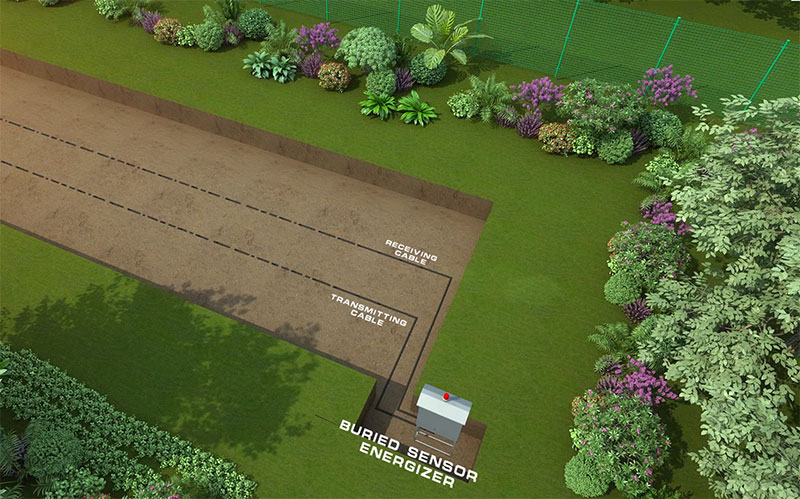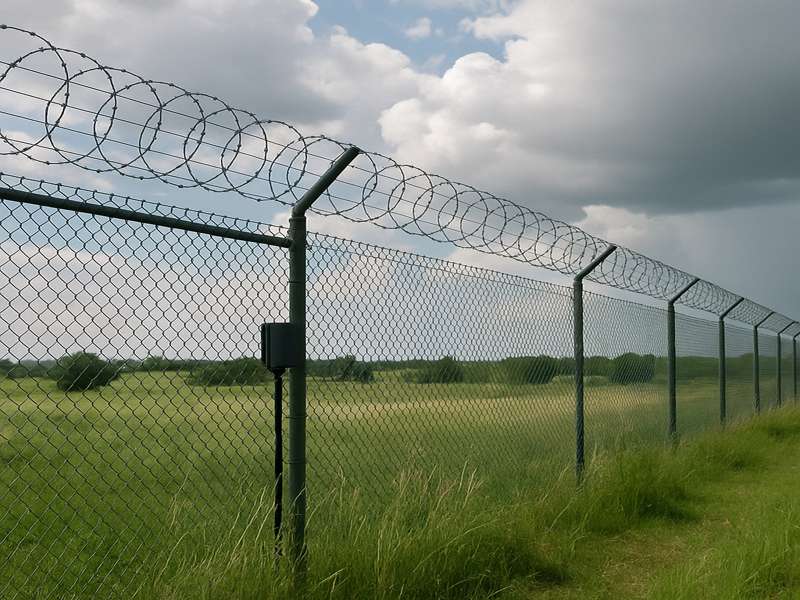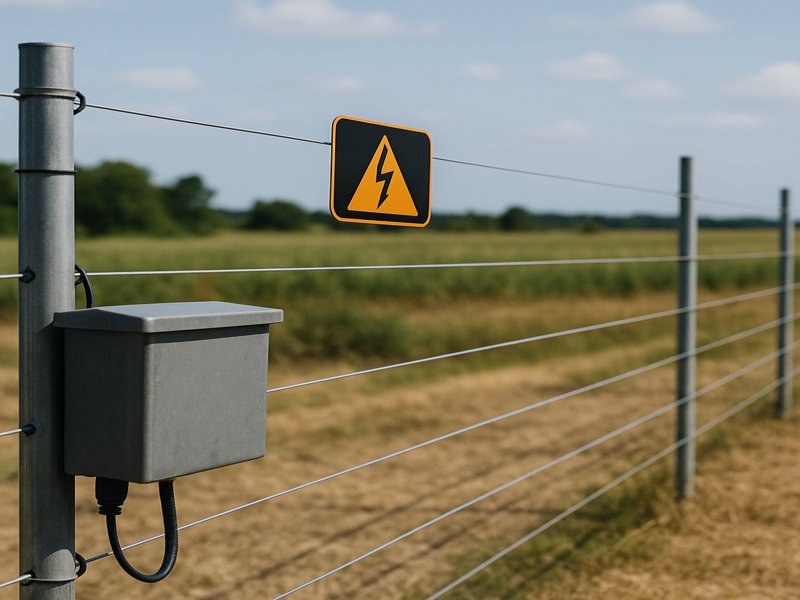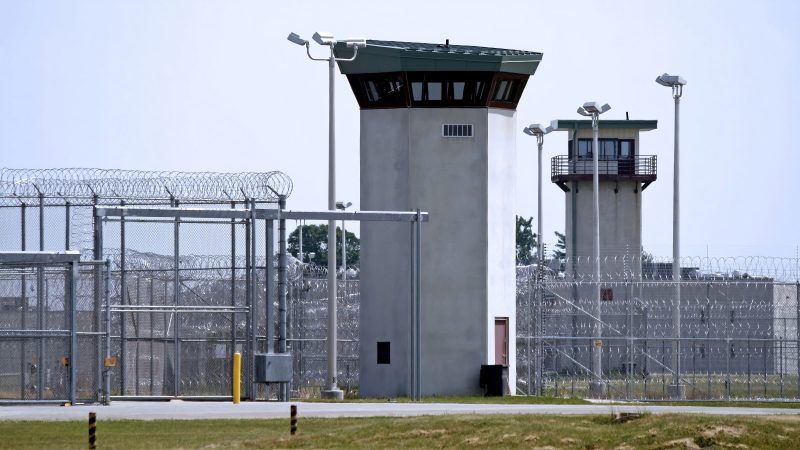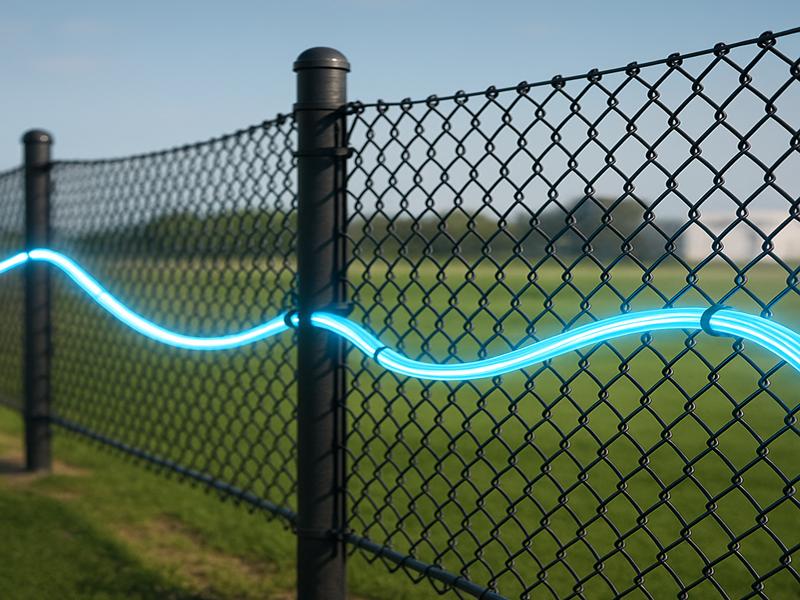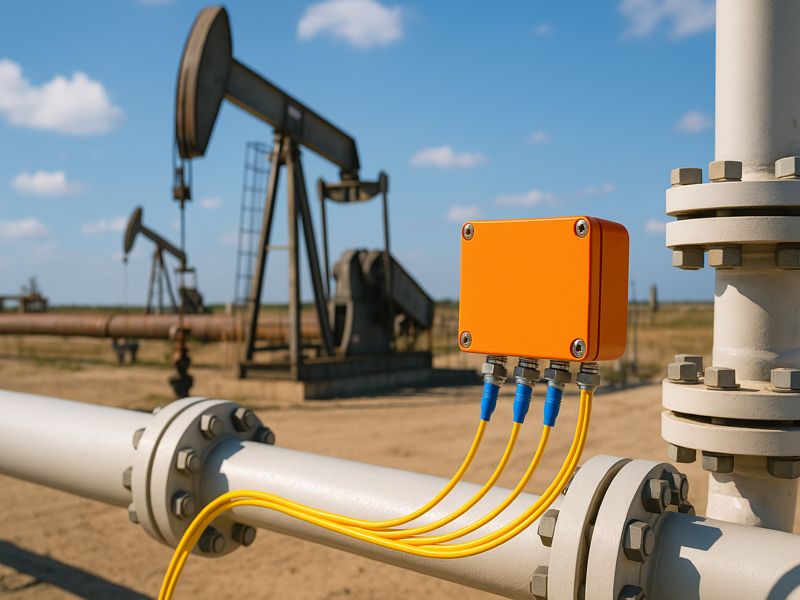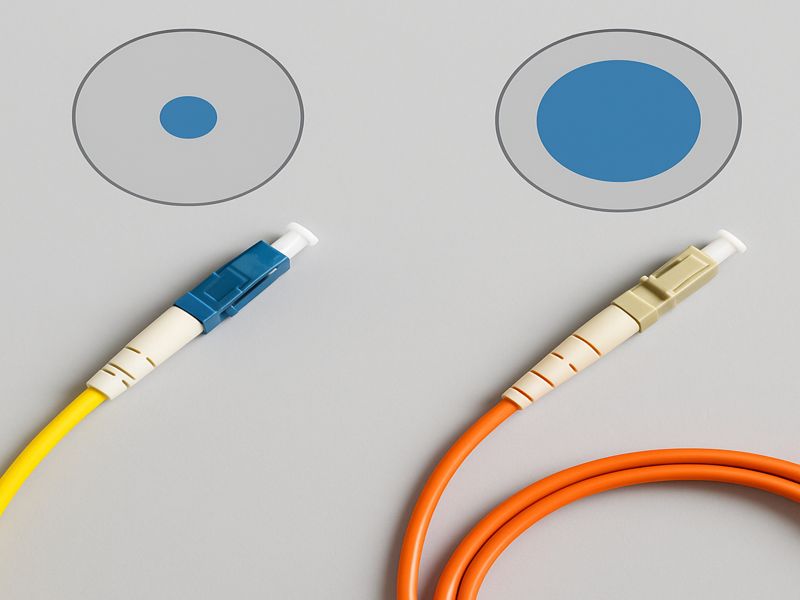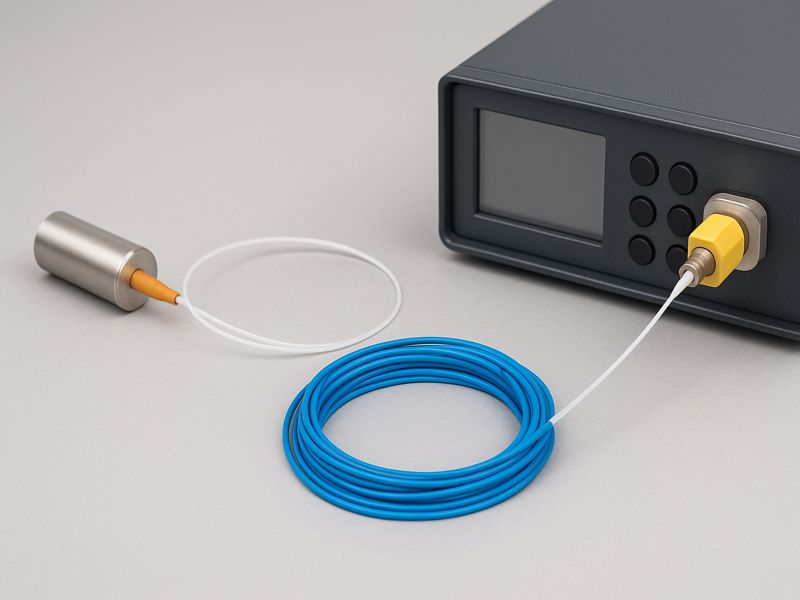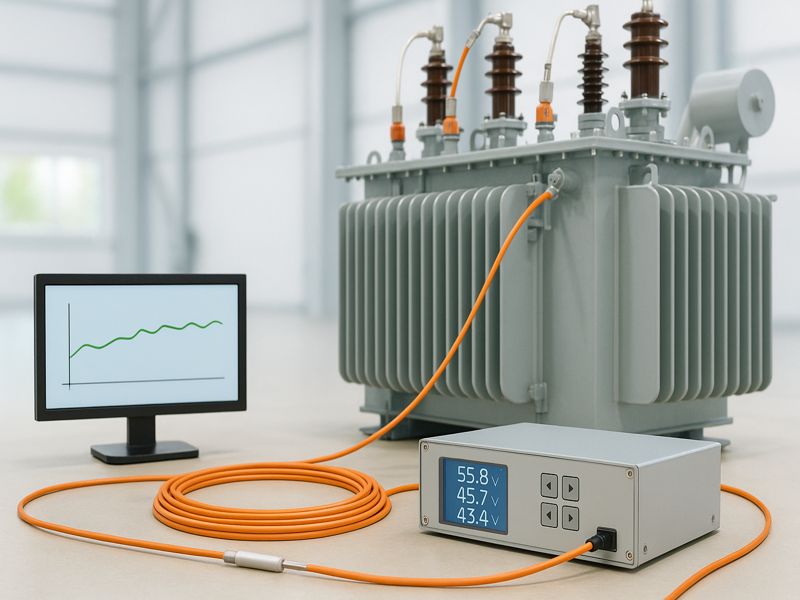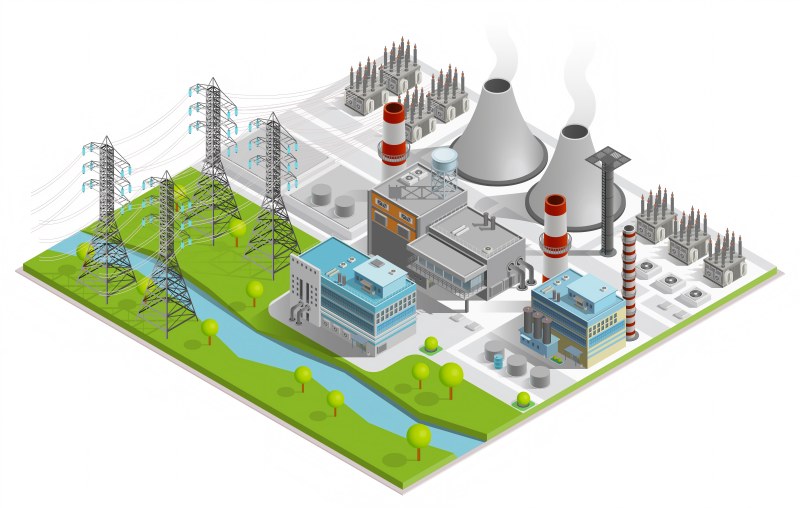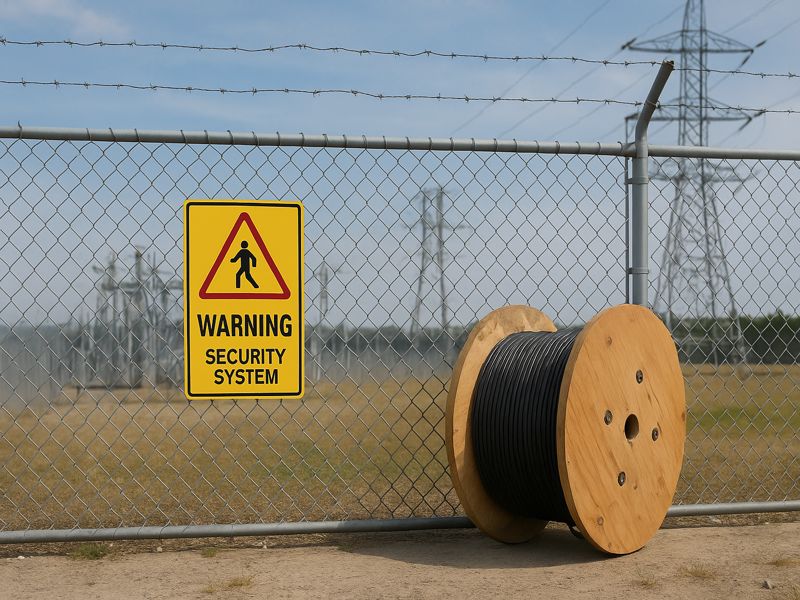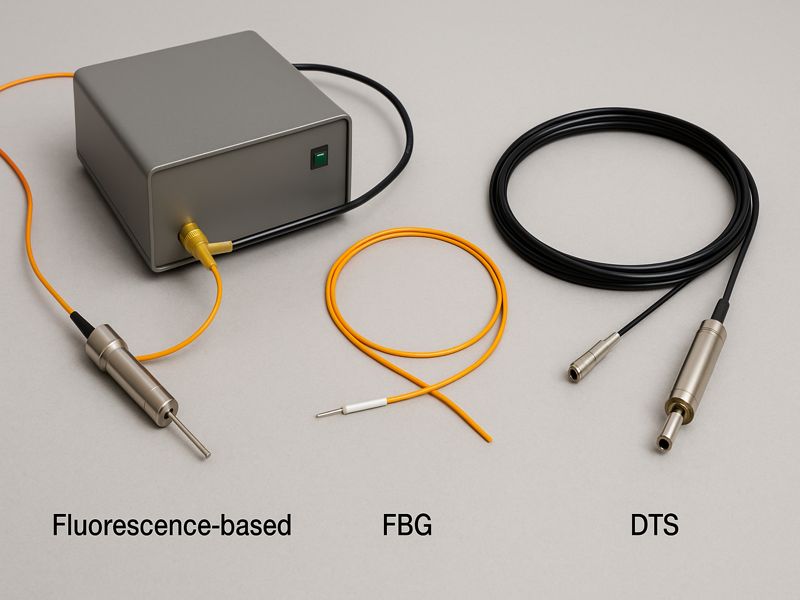PIDS (Perimeter Intrusion Detection Systems) are essential for protecting infrastructure, government sites, and private property. Buried cable systems offer discreet deployment and broad coverage but struggle with environmental interference, leading to false alarms and higher costs. Emerging self-adaptive technologies address these challenges by adjusting to site conditions, improving accuracy, reliability, and long-term value. This article examines environmental factors, self-adaptive principles, enabling technologies, and commercial benefits.
Key Environmental Challenges for Buried Cable Systems
Soil Conditions
- Sand: Loose soils dampen vibration signals, reducing sensitivity.
- Clay: Water retention in clay may amplify signals and create inconsistent readings.
- Rocky Terrain: Rocks transmit vibrations differently, sometimes exaggerating background noise.
- Groundwater Levels: Fluctuating groundwater can flood or saturate sensor pathways.
Weather Impacts
- Rain and Flooding: Excess water saturates soil, increasing conductivity and noise.
- Snow and Frost Heave: Expanding soil in freezing conditions displaces cables, altering calibration.
- Extreme Heat: Drying soils contract, changing pressure distribution on cables.
Vegetation and Wildlife
- Roots: Growing roots create long-term shifts in soil pressure.
- Small Animals: Burrowing or crossing animals may mimic human activity.
- Insects: Dense insect movement in certain regions produces detectable vibrations.
Human Activity and Infrastructure
- Vehicles and Machinery: Heavy equipment generates vibrations easily confused with intrusions.
- Construction Work: Creates continuous disturbances requiring adaptive filtering.
- Electromagnetic Interference: Power lines or communication towers nearby may impact signal clarity.
Environmental Factors and Their Impact on Buried Cable Systems
| Environmental Factor | Typical Impact | Detection Risk |
| Sandy Soil | Weak vibration transfer | Reduced sensitivity, missed detections |
| Clay Soil | Signal distortion under moisture | False positives |
| Heavy Rain | Flooding, oversaturation | Erratic sensor response |
| Frost Heave | Cable displacement | Calibration drift |
| Wildlife Movement | Localized vibrations | Frequent false alarms |
| Heavy Machinery | Ground vibration | False intrusions during operations |
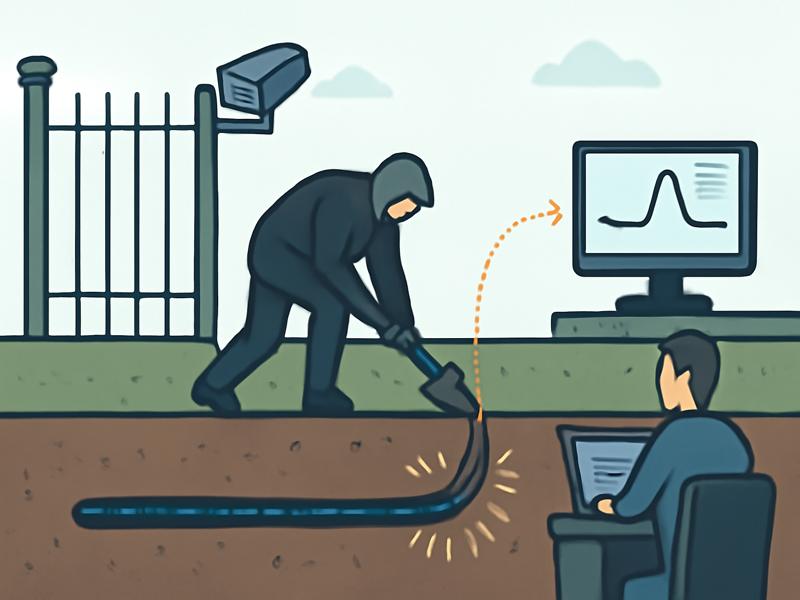
Principles of Environmental Self-Adaptation
The concept of environmental self-adaptation focuses on enabling the buried cable system to automatically differentiate between natural disturbances and genuine threats.
Key principles include:
- Continuous Monitoring: Systems establish a baseline “environmental noise profile” by tracking soil and vibration conditions over time.
- Dynamic Threshold Adjustment: Instead of relying on fixed sensitivity, adaptive systems raise or lower thresholds in response to seasonal or real-time changes.
- Machine Learning Algorithms: Adaptive models classify vibration signatures, distinguishing intruders from wildlife or rain.
- Self-Learning Capability: Systems improve detection accuracy by analyzing recurring patterns such as seasonal frost, daily traffic, or wildlife activity.
This allows operators to benefit from consistent performance without constant manual recalibration.
Technologies Enabling Self-Adaptation
Modern self-adaptive buried cable systems combine hardware resilience with advanced software intelligence.
Sensor Calibration Systems
Self-calibrating sensors automatically fine-tune their response when soil density, moisture, or pressure shifts occur. This minimizes downtime and human intervention.
Signal Processing Algorithms
Adaptive filtering techniques remove irrelevant noise—such as vibrations from wind, rain, or small animals—without compromising sensitivity to human intrusions.
Multi-Sensor Integration
By combining buried cables with other technologies (thermal cameras, radar, or fence sensors), the system cross-validates events. Redundancy ensures fewer false alarms and higher confidence.
Cloud-Based Analytics and Remote Updates
Cloud-enabled systems analyze large volumes of data across multiple sites, identifying regional environmental trends. Software updates then refine performance without requiring hardware changes.
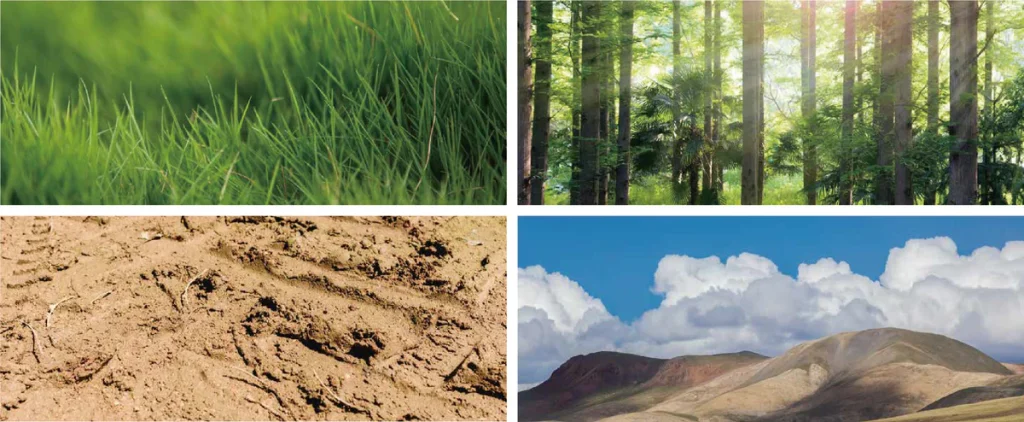
Benefits of Environmental Self-Adaptation
Accuracy Improvement
Adaptive systems achieve higher detection rates by recognizing the difference between natural and man-made disturbances.
Reduction in False Alarms
False alarms damage operator trust and increase costs. Self-adaptation ensures reliable alerts only when genuine intrusions occur.
Operational Efficiency
Less manual recalibration and fewer maintenance visits translate into reduced operating costs.
Long-Term Reliability
Seasonal and climate variations no longer degrade performance, ensuring consistent protection year-round.
Scalability
Adaptive buried cable systems are easier to deploy across diverse terrains—urban, rural, tropical, desert, or arctic.
Conventional vs Self-Adaptive Buried Cable Systems
| Feature | Conventional System | Self-Adaptive System |
| Sensitivity Setting | Fixed thresholds | Dynamic adjustment in real-time |
| False Alarm Rate | High under changing conditions | Significantly reduced |
| Maintenance Needs | Frequent manual recalibration | Minimal operator intervention |
| Seasonal Reliability | Inconsistent | Stable across weather and soil changes |
| ROI | Lower due to operational costs | Higher due to efficiency and accuracy |
Use Cases & Applications
Critical Infrastructure
Airports, seaports, and power stations rely on buried cables for secure perimeters. Self-adaptation prevents disruptions caused by environmental noise in busy, high-risk areas.
Border Security
National borders require continuous monitoring across diverse terrains. Adaptive systems maintain consistent detection across deserts, forests, and mountainous regions.
Industrial Perimeters
Oil refineries, chemical plants, and warehouses face frequent vibrations from machinery. Self-adaptive buried cables can filter industrial noise while detecting real threats.
High-Security Facilities
Military bases, prisons, and government sites demand near-zero tolerance for false alarms. Adaptive systems provide reliable, low-maintenance security.
Urban vs Rural Deployment
- Urban Areas: Adaptation reduces false alarms caused by traffic, subways, or construction.
- Rural Areas: Systems adapt to wildlife, farming machinery, and seasonal soil changes.
Commercial and Strategic Value
Adopting self-adaptive buried cable PIDS brings significant financial and operational advantages.
- Lowered Total Cost of Ownership (TCO): Reduced maintenance and a decrease in false alarms lead to diminished operational costs.
- Compliance: Systems meet international security standards by minimizing false positives.
- Competitive Advantage: Integrators offering adaptive systems stand out in bids for high-security projects.
- Future-Proofing: Adaptive solutions extend system lifecycles, protecting long-term investment.
For decision-makers, the business case is clear: environmental self-adaptation is not a luxury—it is a necessity for reliable perimeter defense.
Buried cable intrusion detection systems offer discreet perimeter defense but face environmental challenges that impact accuracy. Self-adaptive technology overcomes these limits by adjusting to site conditions, reducing false alarms, and lowering costs. From airports to military bases, adaptive buried cable PIDS deliver reliable, future-ready protection—making them the smarter choice for long-term security investments.
